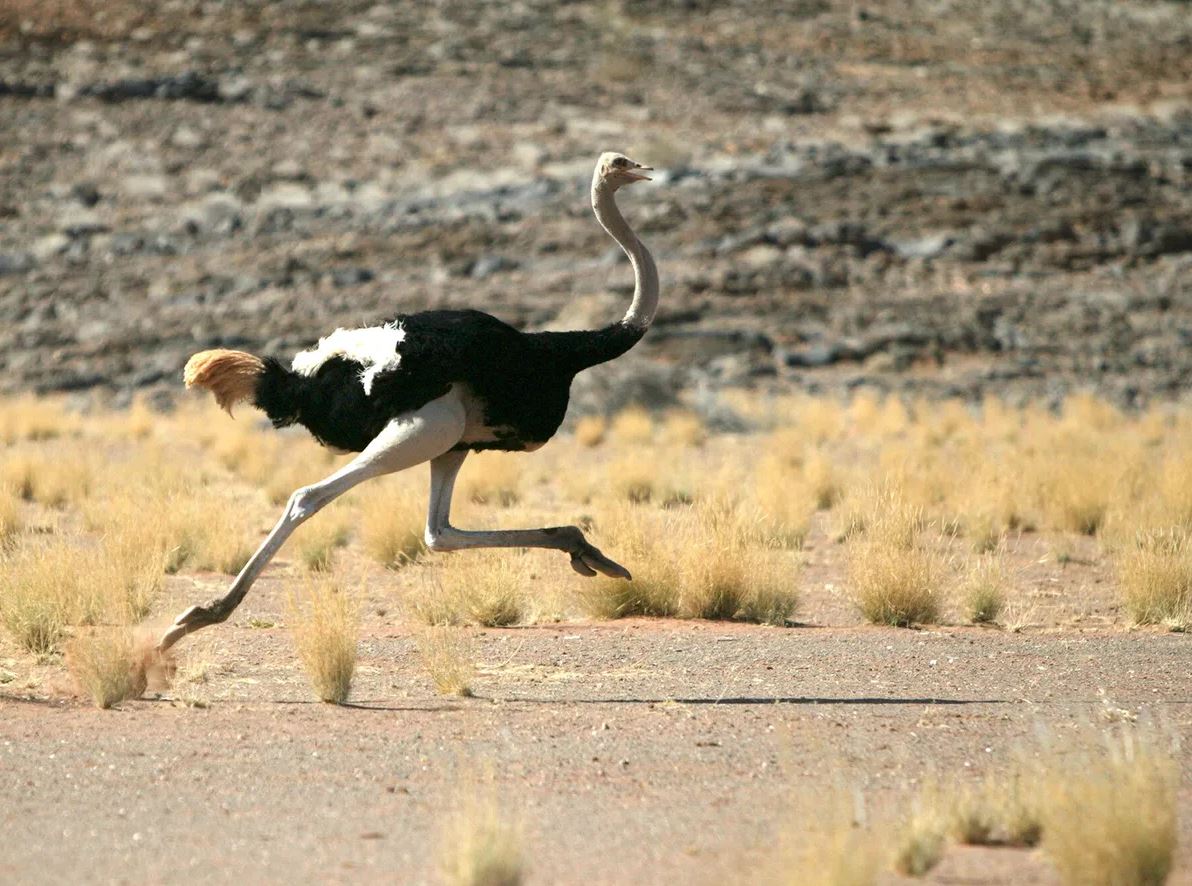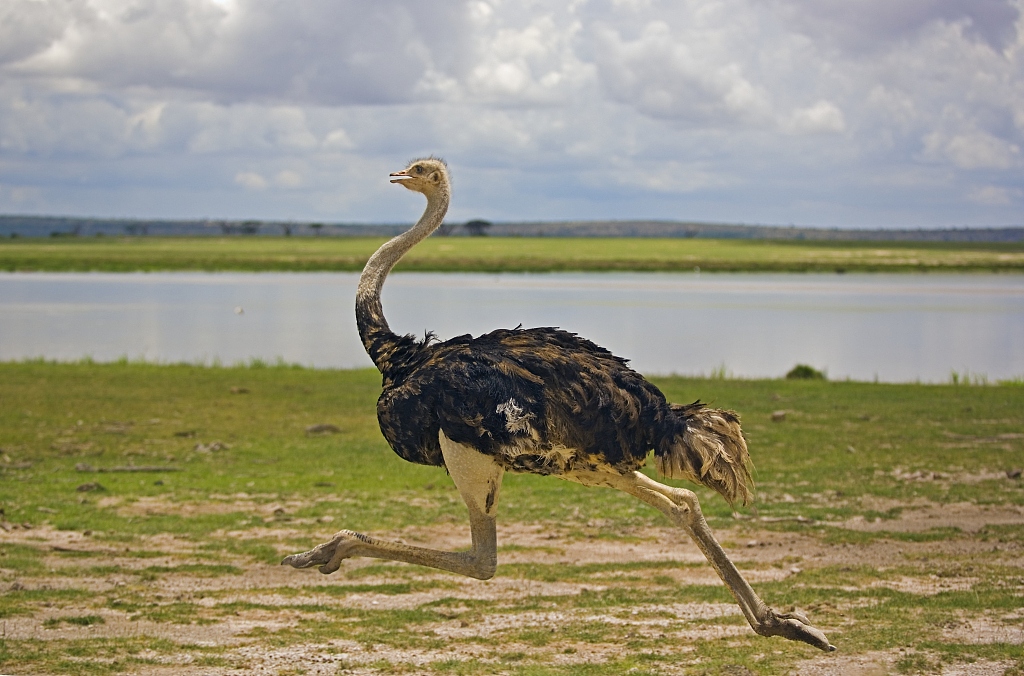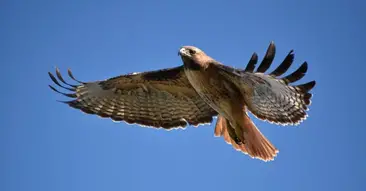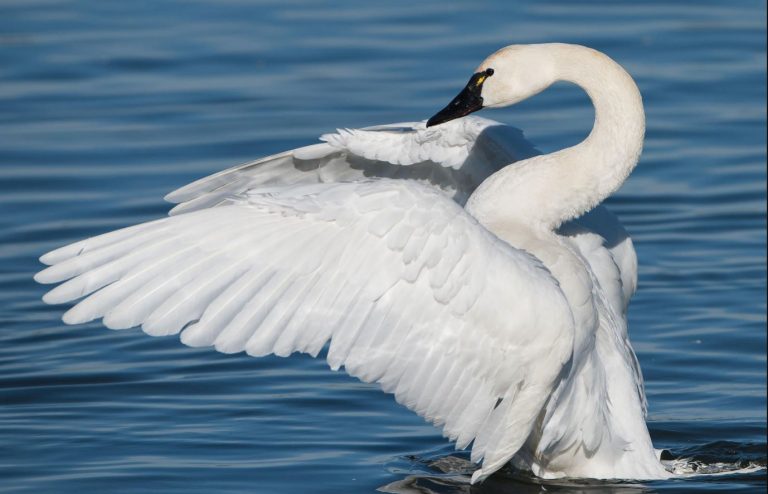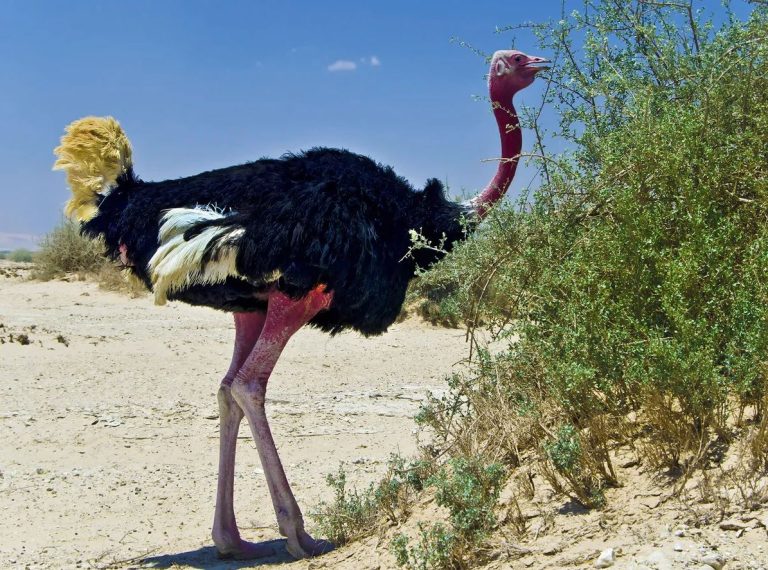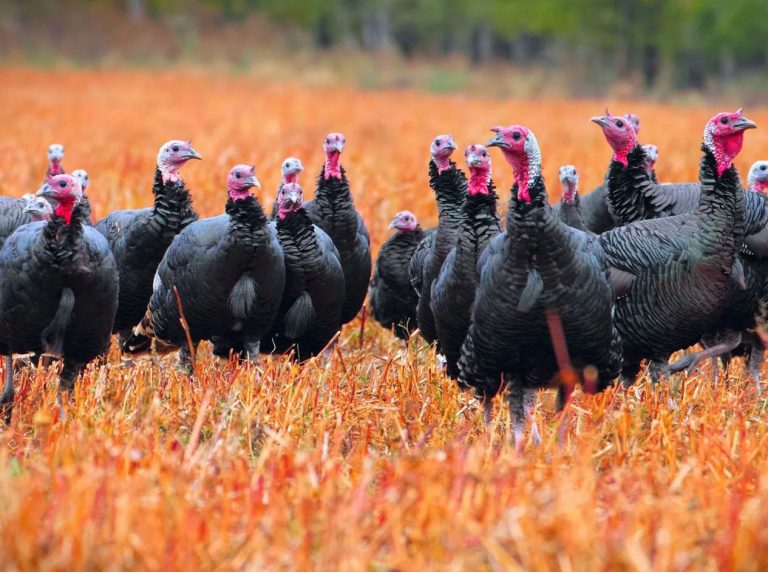How Fast Can an Ostrich Run? The Incredible Speed of the World’s Largest Bird
When people think of fast animals, the cheetah might come to mind first. But when it comes to birds, no creature on two legs can outrun the ostrich. These towering flightless birds are not just the largest birds on Earth—they’re also the fastest on land. So, how fast can an ostrich run? Let’s dive into the remarkable anatomy, survival strategies, and real-world examples that make the ostrich a true speed machine.
How Fast Can an Ostrich Run?
Ostriches can run at speeds of up to 45 miles per hour (72 kilometers per hour) in short bursts. Over longer distances, they can maintain a steady pace of 30 to 37 mph (48 to 60 km/h) for up to 30 minutes.
This isn’t just anecdotal. According to the San Diego Zoo, ostriches are the fastest running birds in the world, capable of reaching and sustaining speeds that rival even some of the fastest land mammals.
What Makes Ostriches So Fast?
To understand how ostriches reach such incredible speeds, we have to look at their evolutionary adaptations—from muscle structure to leg length and even their toes.
1. Long, Powerful Legs
Ostriches have exceptionally long legs, with thighs packed with fast-twitch muscle fibers—perfect for sprinting. Each leg can measure over a meter in length and contains powerful muscles that deliver massive ground force with each stride.
2. Two-Toed Feet
Most birds have three or four toes, but ostriches have just two. The larger toe functions similarly to a hoof, giving the bird a springy and energy-efficient push-off. According to the Smithsonian’s National Zoo, this unique two-toe design helps reduce drag and improve running performance.
3. Elastic Tendons
Ostriches possess elastic tendons in their legs that store and release energy with each stride, similar to how a spring works. This helps them conserve energy while maintaining high speeds over longer distances.
4. Long Strides
Thanks to their long legs, ostriches can take strides that are up to 16 feet (5 meters) long when sprinting. This allows them to cover ground quickly with fewer steps.
How Ostrich Speed Compares to Other Animals
| Animal | Top Speed |
|---|---|
| Ostrich | 45 mph (72 km/h) |
| Greyhound | 45 mph (72 km/h) |
| Racehorse | 40–44 mph (64–70 km/h) |
| Kangaroo | 44 mph (70 km/h) |
| Cheetah | 60–70 mph (96–113 km/h) |
| Human (Usain Bolt) | 27.8 mph (44.7 km/h) |
Although the ostrich doesn’t outpace the cheetah, it certainly holds its own against other animals—especially for a bird.
Why Do Ostriches Need to Run So Fast?
Living in the open grasslands and savannas of Africa, ostriches are constantly exposed to predators like lions, cheetahs, leopards, and hyenas. Flightless and highly visible due to their size, their best defense is speed.
Instead of flying away like most birds, ostriches run for their lives—literally. Their incredible running ability allows them to escape predators before they’re within striking distance. Their speed, combined with excellent eyesight and strong legs (also used for defense via kicking), makes them remarkably tough prey.
Real-World Observations in the Wild
During my time observing wildlife in the East African savanna, I’ve seen firsthand how ostriches use their speed in various scenarios. On one occasion in Kenya’s Maasai Mara, I watched an adult male ostrich detect a lioness from hundreds of feet away. Without hesitation, it broke into a gallop and was out of sight in under 30 seconds.
These moments remind me that while numbers on paper are impressive, witnessing the power of nature in motion—like a sprinting ostrich—is something else entirely.
Can Ostriches Outrun Predators?
In many cases, yes.
- Against lions and cheetahs, ostriches rely on early detection and endurance. Cheetahs may be faster in short bursts, but they overheat quickly and can only maintain their top speed for 20–30 seconds.
- Ostriches, however, can keep running at high speeds longer—which often makes the difference between life and death.
The Cornell Lab of Ornithology notes that ostriches can pivot quickly and use their strong legs to deliver bone-breaking kicks if cornered. But their first instinct is almost always to run—and they do it extremely well.
Ostrich Speed in Captivity vs. the Wild
Ostriches raised in captivity often don’t reach the same top speeds as their wild counterparts. Lack of open terrain, different diets, and reduced threat stimuli mean they don’t get the same opportunities to push their physical limits.
However, some farms and wildlife parks still allow enough room for ostriches to sprint, and caretakers have observed similar burst speeds—though usually in shorter sprints.
Interesting Facts About Ostrich Speed and Movement
- They don’t just run fast—they run smart. Ostriches zig-zag when escaping threats, making it harder for predators to follow.
- They use their wings for balance. When running, ostriches spread their wings like rudders to steer and stabilize.
- Chicks can run fast too. Even young ostriches can run up to 35 mph (56 km/h) by the time they’re just a few weeks old. That’s faster than most adult humans!
How Humans Have Studied Ostrich Speed
Modern research on ostrich biomechanics has offered insights not only into bird evolution but also human engineering. Scientists at the Royal Veterinary College in London and other institutions have analyzed ostrich gait using high-speed cameras and force plates.
These studies help improve everything from robotic limb design to athletic prosthetics, drawing inspiration from ostrich locomotion to solve human challenges.
Ostriches and Racing: A Bizarre Spectacle
In some countries, ostrich races have been organized—often as entertainment or tourism events. Places like South Africa and the United States have hosted ostrich races where trained jockeys ride them like horses (though it’s controversial and increasingly criticized for animal welfare concerns).
Despite the spectacle, these races offer one clear takeaway: even with a rider, ostriches are unbelievably fast.
Final Thoughts From the Field
In my 13 years of observing birds in the wild, I’ve never ceased to be amazed by the ostrich. Its size, grace, and raw power defy what we typically expect from birds. Watching one run is like watching a feathered horse bolt across the savanna—only faster, more elegant, and without a single wingbeat.
So the next time someone asks, “Can birds be fast runners?”—you’ll know the answer lies in Africa, on two towering legs, sprinting through dust clouds at 45 miles per hour.
Read Also: The Biggest Bird in the World: A Deep Dive into Avian Giants

